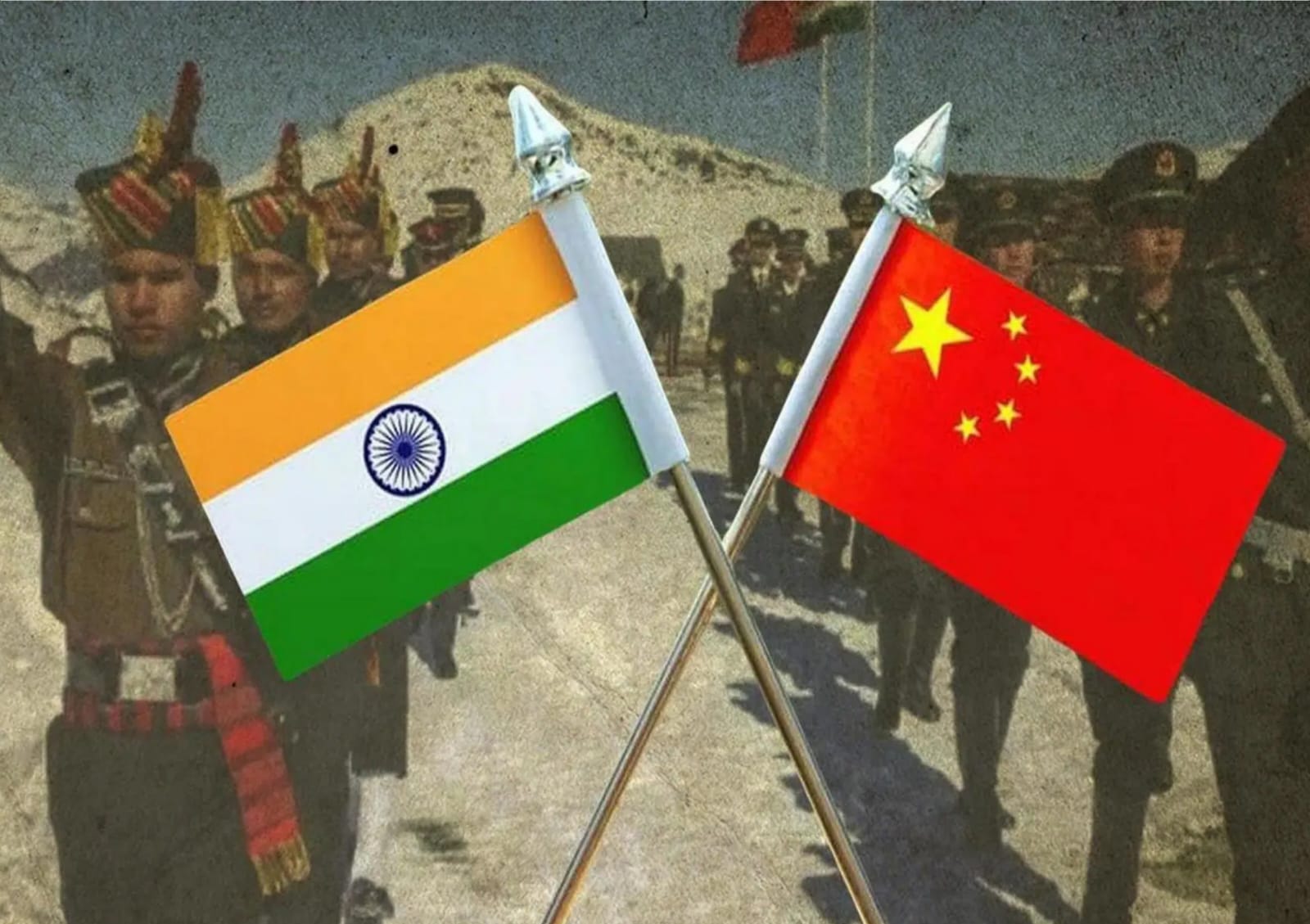
New Delhi:
India and China held a round of diplomatic-level talks in New Delhi on Wednesday, 23 July 2025, to assess the ongoing situation along the Line of Actual Control (LAC) in eastern Ladakh. The discussions marked a step forward in the gradual normalisation of bilateral ties, which had been strained since the military standoff that began in May 2020.
The dialogue took place under the Working Mechanism for Consultation and Coordination (WMCC) on border affairs, a framework developed to address the India-China boundary issue through sustained diplomatic engagement. Officials from both countries reviewed the broader LAC scenario and expressed satisfaction over what they described as a general return of “peace and tranquillity” to the border areas.
The Ministry of External Affairs (MEA) confirmed that both sides also began preparations for the next round of Special Representatives (SR) talks on the boundary issue, which is expected to take place in India later this year. India’s delegation at the WMCC talks was led by Gourangalal Das, Joint Secretary for the East Asia Division of the MEA, while the Chinese side was headed by Hong Liang, Director General of the Department of Boundary and Oceanic Affairs in China’s Foreign Ministry.
“Both sides agreed to maintain regular exchanges and contacts on issues related to boundary affairs at diplomatic and military levels through established mechanisms,” the MEA said in a statement following the meeting. It added that discussions focused on “advancing effective border management and sustaining peace”, drawing from measures considered during the previous SR talks.
China’s Hong Liang also paid a courtesy call on India’s Foreign Secretary Vikram Misri during his visit. The upcoming SR dialogue will see India’s National Security Adviser Ajit Doval and Chinese Foreign Minister Wang Yi lead the talks. The previous round was held in Beijing in December 2024.
The talks are part of wider efforts to restore ties between the two nations, which had deteriorated significantly after the Galwan Valley clash in June 2020 that claimed the lives of soldiers on both sides. While India and China disengaged troops from key friction points including Demchok and Depsang last October, both countries continue to maintain around 50,000 to 60,000 troops each along the LAC in eastern Ladakh. Full de-escalation and the withdrawal of frontline troops remain unresolved.
The decision to revitalise bilateral dialogue mechanisms was reached during a meeting between Prime Minister Narendra Modi and Chinese President Xi Jinping in Kazan, Russia, in October 2024. That meeting occurred just days after the final disengagement agreement was concluded.
The WMCC meeting followed External Affairs Minister S. Jaishankar’s recent visit to China for the Shanghai Cooperation Organisation (SCO) foreign ministers’ summit, further indicating a renewed diplomatic push from both sides.
Despite the ongoing challenges, both India and China appear committed to maintaining communication and avoiding further conflict, signalling cautious optimism for improved ties.